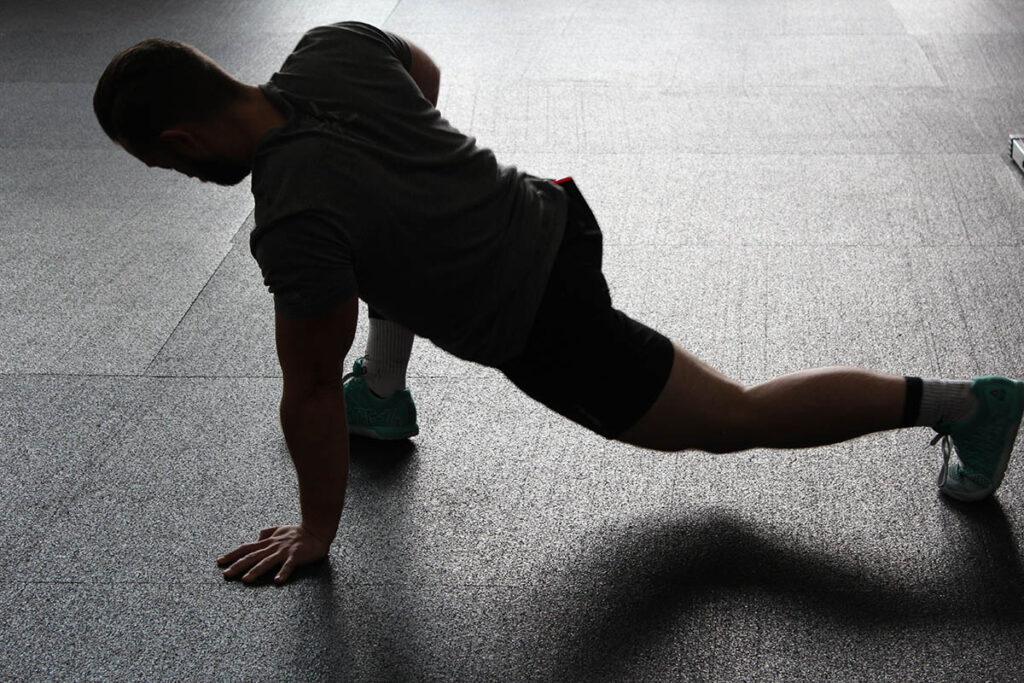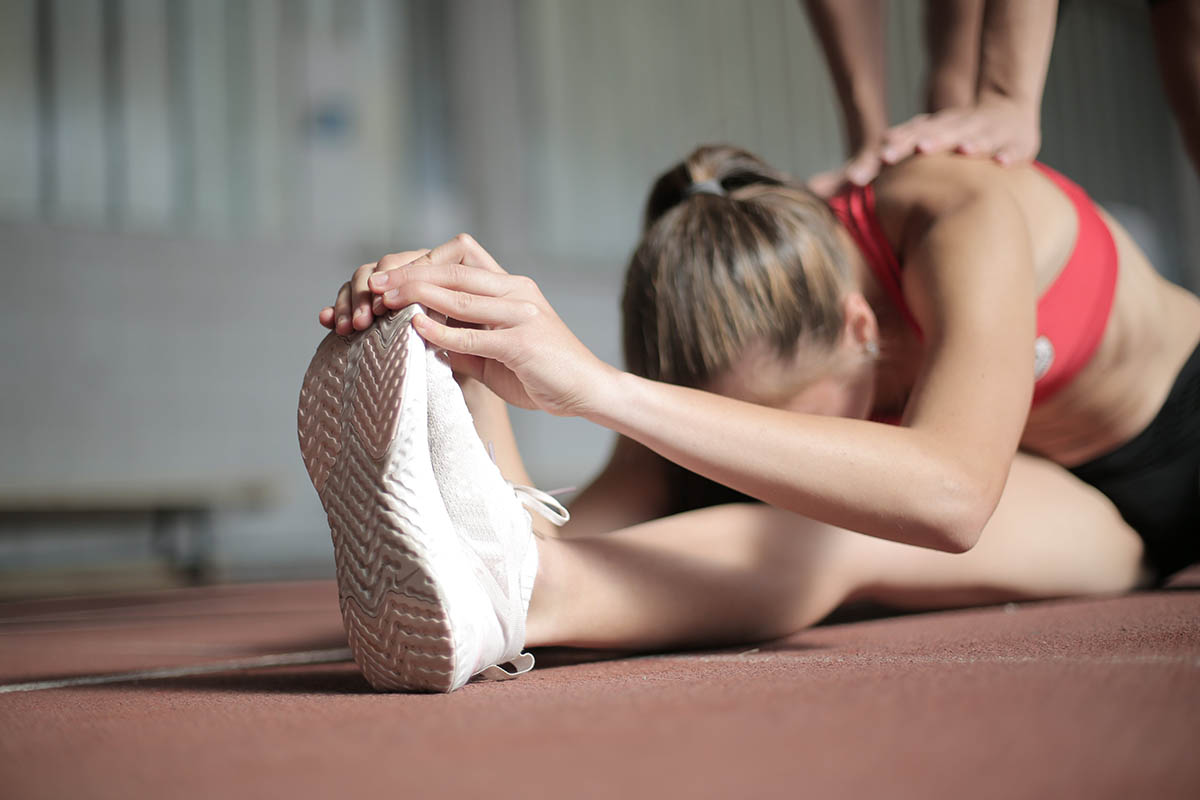Do you have tight muscles?
Do you always feel sore and like no matter how much stretching you do you can’t get loose?
Today, we’re going to give you three reasons why stretching is not helping those tight muscles.
You might have been told that it’s in your hips, your hamstrings, and maybe even your glutes. You’ve been told that you’ve just got tight muscles. But we’re here to give you another perspective on what might be happening.
Phillip, our physical therapist, is here today on our blog to give you the top tips on why all the stretching you’re doing might not be helping your lower back pain.
REASON #1
It’s not a stretching/tightness problem. It’s a stability problem. When you lack stability, your body will guard against movement. When you have too much mobility in an area, the muscles will tighten to restrict the motion in the area as an underlying protective mechanism.
REASON #2

The second reason that stretching is not helping is because you’re treating the symptom, not the cause. A lot of times when people are stretching their back, they’re going to bend forward and stretch because their muscles are tight, but in reality, they need to stretch the other way. What’s key is making sure that you’re getting to the root cause instead of just stretching the muscle over and over (when in reality, it’s not a muscular issue).
REASON #3
The last reason stretching might not be helping is poor posture. You can stretch a muscle for 30 seconds, but then if you keep on going back to poor postures, those muscles are going to stay tight. So you want to make sure that not only are you stretching, but then you’re sitting in good posture or even standing in posture to make sure that the tightness doesn’t come
Now let’s talk about how to work on the root cause of what’s leading to those tight muscles.
Tips for addressing what the root cause might be:

TIP #1 – STABILITY ISSUES
If you have tight muscles that are caused by instability, the main issue is the lack of proper muscle firing. To address instability, I suggest focusing on proper core engagement. If your core muscles aren’t firing properly, then that’s telling us that you might not have the foundation needed for proper movement. So, where do you start when you are working to engage your core correctly? First, focus on the quality of exercise rather than quantity. I want to give you two exercises below that will help engage your core muscles and address your lack of stability.
Planks: The reason I love planks is because you can make them as easy or hard as you need them to be. The main goals of planks are: a straight body (don’t elevate or drop your butt) and draw your ribs down (helps engage your abdominal muscles).
Suitcase Carry: If you’ve traveled lately and had to lift a heavy suitcase, you know from experience how difficult it can be to hold that suitcase at your side. The difficulty is due to the amount of core strength that is needed to do it correctly. Although I might not recommend starting super heavy, carrying a heavy weight by your side for 30-60 seconds can be a great core strengthening exercise.
TIP #2 – HOW DO I FIGURE OUT THE ROOT CAUSE

In this section, I want to list a few symptoms in the lower body that point to the lower back as the root cause, not just muscle tightness:
- Your symptoms switch sides: Have you ever wondered why all of a sudden your right hip pain switched to the left hip? There is a good chance it isn’t from compensating for the painful hip, the most likely culprit is the back.
- Random numbness or tingling in the hips or legs- Most people won’t think too much about their foot randomly going numb if they don’t have pain down their leg (sciatica), but don’t discount the “random” numbness or tingling in the leg. In most people, it is a sign of a back issue.
- Constant muscle tightness or pain: If you’ve had a tight muscle for more than 1-2 weeks, there is a good chance it isn’t coming from a pulled muscle. Muscles heal. And most times a pulled muscle would go away in 1-2 weeks after an injury. When muscle tightness lingers and won’t go away, think your back!
TIP #3 – HOW DO I WORK ON MY POSTURE
- Change positions throughout the day. Sitting or standing too long can be bad for anyone with tight muscles.
- When standing, keep your feet no more than a fist width apart and keep your feet straight. When you stand with your feet too wide and your toes pointed out, it changes your foundation and alters the way your whole body moves. When this happens, it can lead to injuries from extra wear and tear.
Want more tips and help getting out of pain? Give us a call or book your appointment online!
608-313-5252

